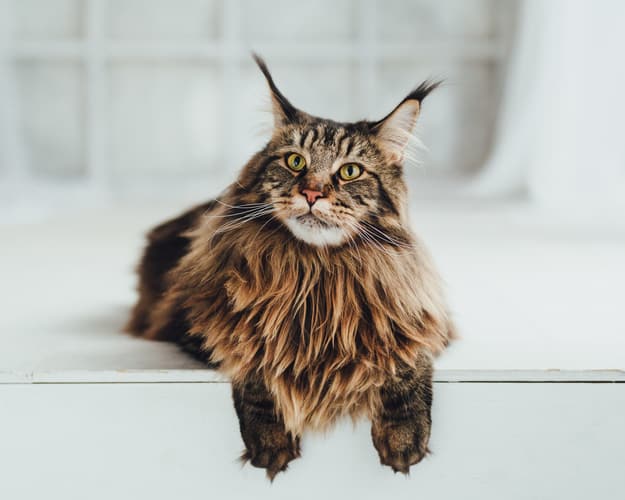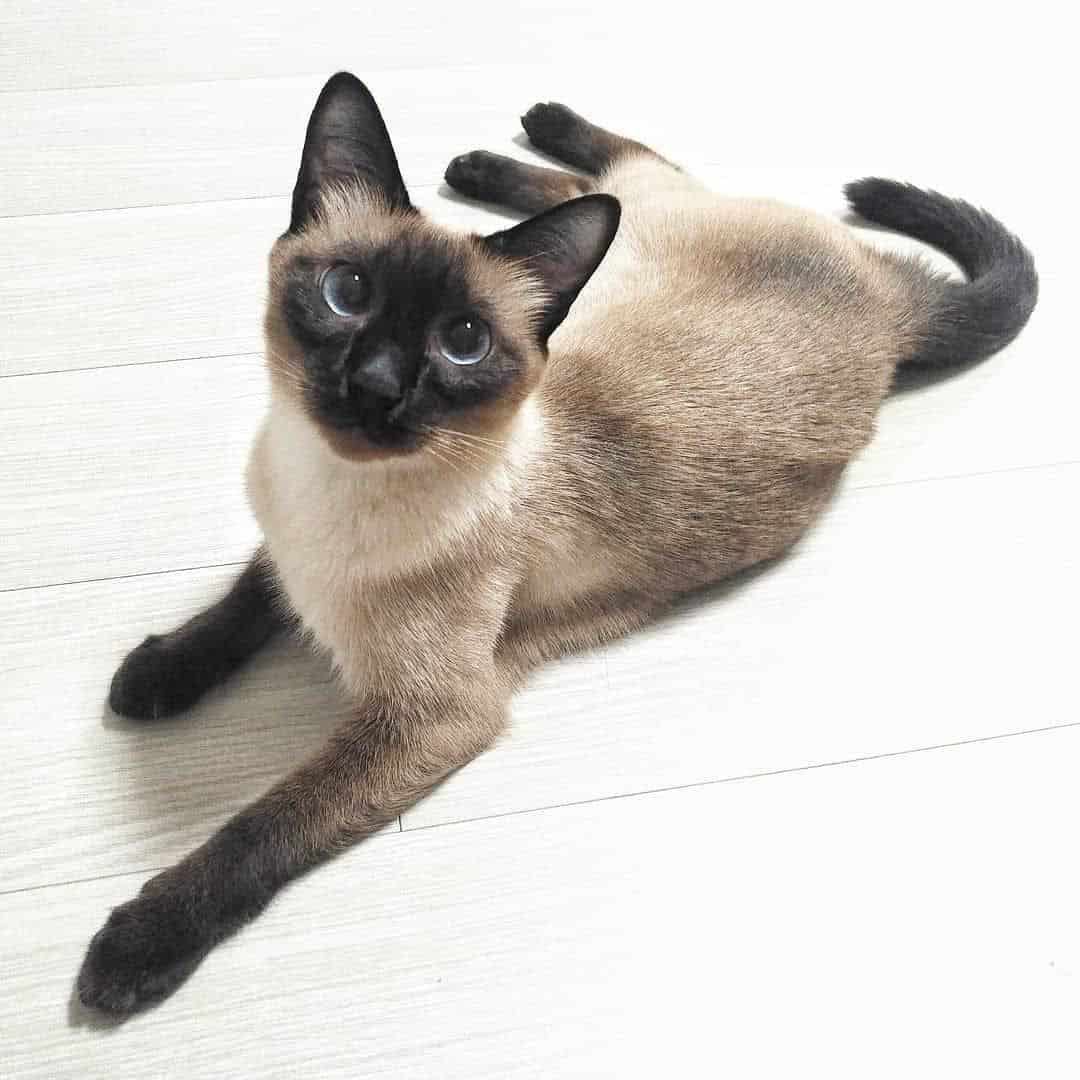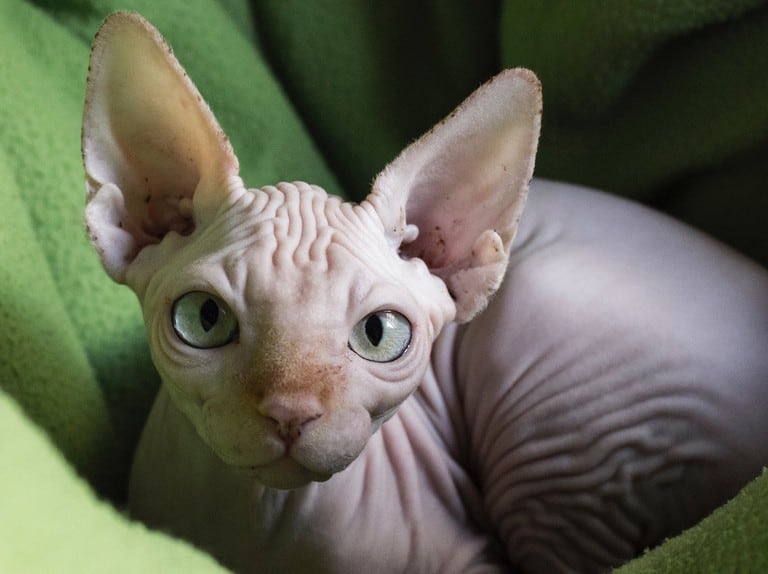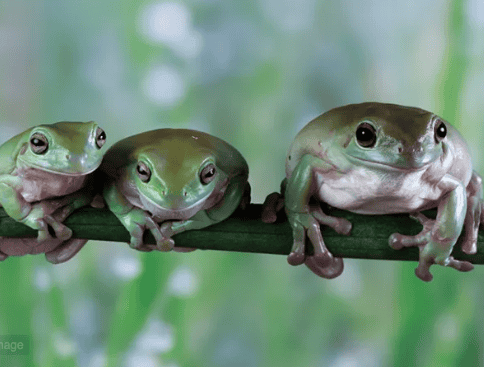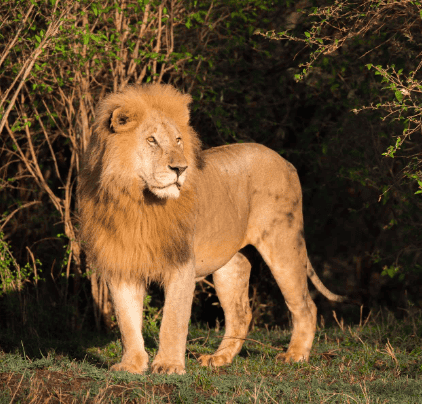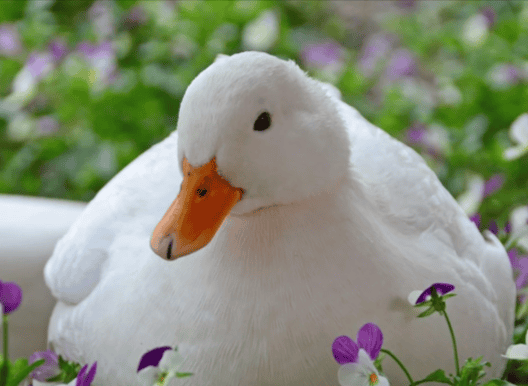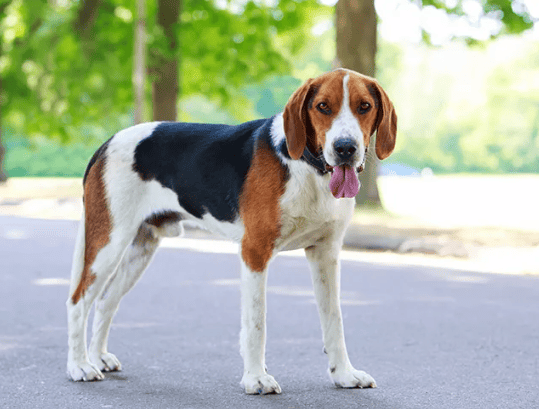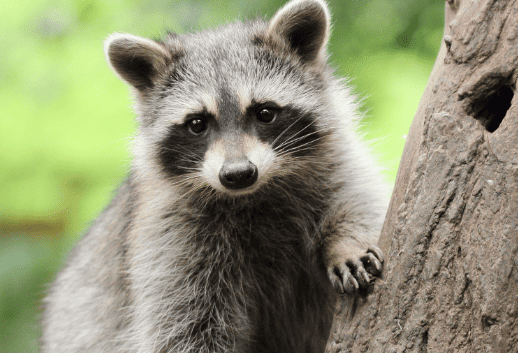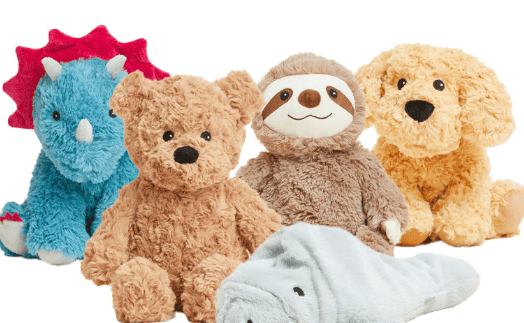Types of Cats
Next to dogs, cats are the most popular pets in the world. In the United States alone, over 30 million households own at least 1 cat.
Perhaps this is because cats, like dogs, have been kept as domestic companions for as long as human civilization has existed. The earliest records of humans owning cats as pets can be traced to 7500 BC in Egypt, though it wasn’t until the 19th century that many of the breeds we know today first appeared.
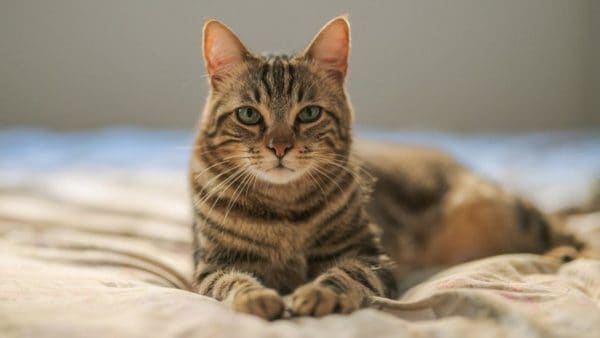
There are officially 71 distinct breeds of domestic cat, according to The International Cat Association. They are often classified into 2 groups: short-haired cats (cats with shorter coats of fur) and long-haired cats (cats with longer, fluffier-looking coats).
Are Cats Good Pets?
Compared to dogs, cats are fairly low maintenance. They don’t require constant stimulation or attention like dogs, they can be house-broken fairly quickly, and for the most part take care of themselves.
(This also makes them less expensive, since the only long-term expenses you will need to make are for food and the occasional trip to the vet.)
As a bonus, cats can also act as a pest deterrent: since cats are predatory by nature, smaller animals will keep away if they catch the scent of a cat in the air.
However, like all domestic animals, whether or not a cat makes for a good pet is entirely subjective. While they can be great companions if properly cared for, they aren’t for everyone.
Temperament is an important factor when adopting any pet, especially cats. Aggressive cats won’t just bite people–they’ll make excellent use of their claws, which can leave nasty scratches.
Cats are also naturally curious, and are prone to exploring. They’ll be more than happy to leap onto tables or shelves, not caring if they make a mess in the process.
Even the “pest control” offered by cats can be a turn-off. As most cat owners can attest, it can be a bit alarming to see your cat “gifting” you with a mouse or bird it managed to catch.
Again, whether or not cats make good pets is entirely subjective. If you think you would enjoy having one as a furry friend, then you have a wide selection of breeds to choose from.
Cat Breeds
As mentioned earlier, there are 71 individual breeds of cat found around the globe. Each breed has its own unique traits, personality and history, so keep these in mind when adopting!
Persians
Persians are one of the most popular breeds in the world, and among the current existing breeds, they are also one of the oldest. They were first brought to Europe in 1620, originally bred in Persia (now modern-day Iran).
Aside from their luscious coats of fur, Persians can be recognized by their flat faces. This is due to Persians naturally having short muzzles and wide-set eyes; for this, the breed is occasionally nicknamed the “doll-faced cat.”
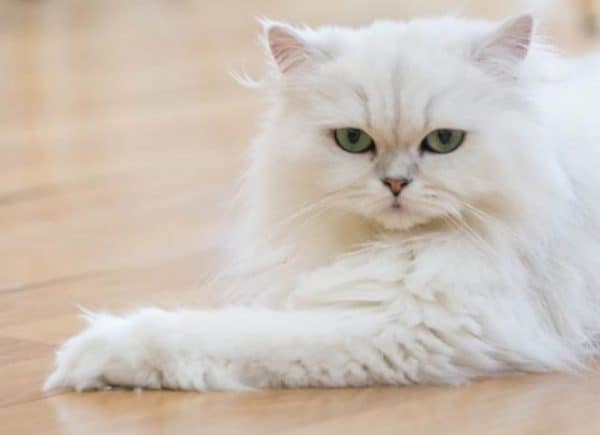
The breed is known to be very docile, demonstrating similar affection to strangers as they would show to family members. They also enjoy grooming themselves, likely due to their long coats.
(As with most long-haired breeds, though, regular grooming on the owner’s part is highly recommended to keep the fur from becoming matted.)
Because of how their faces are shaped, though, Persians are susceptible to many health issues that affect breathing. They can also suffer from several eye diseases, and heart disease is hereditary in the breed. On average, a healthy Persian lives about 12.5 years.
Sphynxes
The Sphynx is famous for one thing: it has no fur whatsoever. This was an intentional choice by cat breeders in the 1960s, who successfully created the breed after intense selective breeding.
(If you’re looking for a furry friend that actually has fur, then Sphynxes sadly won’t be for you.)
Despite their odd-looking appearance, Sphynxes are one of the most extroverted cat species available as pets. In fact, some people have gone so far as to call them “dog-like cats” since they exhibit similar levels of sociability. These cats are always ready to greet someone who enters their home, and are always curious when they encounter something new.
Their lack of fur presents a unique set of challenges for those who own a Sphynx. No fur means they lost body heat faster, so they are better suited for warm environments. Weekly or bi-weekly baths are also required in order to remove excess body oils that would otherwise be absorbed by a fur coat.
Fun Fact: While the name would make you think Sphynxes were originally bred in Egypt, that is not the case. The first known individuals were actually bred in Canada.
Siamese
In their native Siam (modern-day Thailand), these cats were thought to be more valuable than gold; legend states that an invading Burmese army, in addition to sacking Siam’s capital and taking nobles hostage, took every Siamese cat in the city as part of their spoils.
Internationally, Siamese cats began appearing throughout the late 19th-century. They were commonly introduced by prominent political figures–the first Siamese cat brought to the United States, for instance, belonged to President Rutherford B. Hayes.
Siamese cats are a long, thin breed. They are recognizable for their cream-colored fur, dark-colored faces, and bright blue eyes. In Asian countries, they may possess rounder faces: to differentiate these individuals, the round-faced breed is referred to as the Thai cat despite otherwise being completely identical to the Siamese.
Even among cats, Siamese are a social breed. They can form incredibly strong attachments to a single person, and may even suffer separation anxiety if left alone for too long. They love receiving attention, and are very vocal as a result.
(Their cries, in fact, sound remarkably similar to the noises human babies make when they need something. Perhaps the breed learned how to mimic these sounds in order to receive human attention?)
Ragdolls
Ragdoll cats have an interesting origin. They first appeared in the 1960s when a female cat, who was a Persian-Angora crossbreed, gave birth to several litters of kittens across several different mating partners. The kittens, when picked up by their owner, would relax and go totally limp, hence the name “ragdoll.”
They are one of the heavier breeds of domestic cat. The average Ragdoll weighs anywhere between 12 and 20 pounds, and they have a stocky frame. Ragdolls are also very calm creatures.
(They are so calm, in fact, that some breeders are trying to breed it out of the cat, fearing that such a laid-back attitude is detrimental to the breed as a whole.)
Sadly, Ragdolls are the most susceptible to health problems out of any domestic cat. While they can live up to 15 years if properly cared for, many suffer from heart or urinary tract diseases that cut their lifespan short.
Abyssinians
Commonly known as “Abys cats,” Abyssinians are arguably the oldest domestic breed in the world. While the modern Abys breeds only appeared in the 19th-century, their ancestors were the pets of Egyptian pharaohs. Close inspection will reveal a striking resemblance between a modern-day Abyssinian and the cats who served as a model for some Egyptian gods.
(Archaeologists have also noted that mummified cats, found in the tombs of some pharaohs, also physically resemble Abyssinians.)
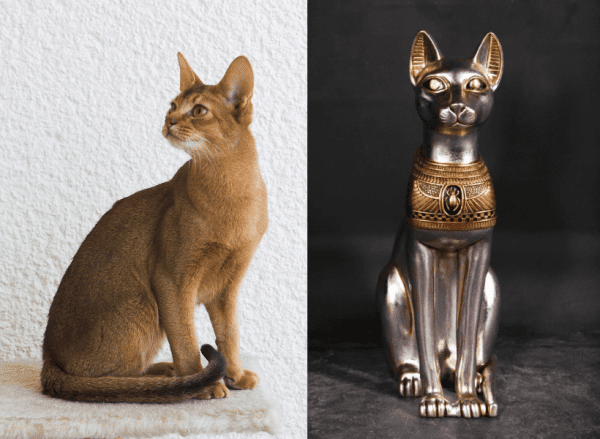
Abyssinians are known for their remarkable intelligence among cat species, as well as their independence. They aren’t fond of being held, but this isn’t due because of any standoffishness on the cat’s part–Abys love cuddling, just on their own terms.
They are nicknamed “the clowns of the cat kingdom” due to their active, playful nature. Abyssinians love nothing more than to play with their owners or with other cats, and they are always finding new ways to entertain themselves.
If you consider adopting an Abyssinian, be sure to give it constant affection and attention: like some other breeds, Abys cats can suffer from separation anxiety if left alone for prolonged periods of time.
American Bobtails
American bobtails aren’t the most common breed of cat–in fact, people only started keeping them as pets in the 1960s. When they were first reported, it was believed that bobtails were the offspring of domestic cats and wild bobcats: in reality, the short tail is a genetic mutation.
The bobtail’s tail is ⅓ the length of an average cat’s tail. They have very broad, stout bodies with long coats of fur, which has led some people to claim they have a “wild” appearance. Bobtails also come in a variety of colors and patterns, which sometimes contributes to the “wild” descriptor.
Behavior-wise, bobtails are very cunning creatures. They are infamous for being escape artists, managing to find a way out of closed rooms or cages without much effort. Their curiosity also makes them playful, but they aren’t as energetic as most cats and may be content with simply lounging around.
If socialized properly, bobtails can get along great with cat-friendly dogs. They are also very adaptable animals that are quick to adjust to any environment, making them suitable travel companions.
Fun Fact: Despite the name, American bobtails are not related to the physically similar Japanese bobtails. In American bobtails, the gene which gives them their short tail is dominant; in Japanese bobtails, the gene is recessive.
Shorthairs
There are 2 distinct types of shorthair, though they are closely related: the American shorthair and the British shorthair. The American breed is directly descended from the British breed, as they were brought to North America by European colonists.
Shorthairs are commonly kept as show cats, and are the most popular pedigreed cats in the world. Because of this, there are strict breeding regulations for those who wish to enter them in competitions. As regular pets, though, they make fantastic companions.
Both breeds of shorthair are very well-rounded: not too big or small, neither overactive nor lazy, and neither distant nor overly clingy. They get along great with children and other animals, though be advised that they don’t like being held. Shorthairs are also one of the healthier cat breeds, having lifespans of up to 20 years and being less susceptible to disease than other cats.
Shorthairs are also the most likely to “gift” their owners with small animals they manage to catch. Pest control is what these cats were originally bred to do–the Romans kept them around to kill mice and snakes, while European settlers brought them on ships to clear out any rodents stowing away.
If you’re interested in a cat which instinctively kills pests, shorthairs are the breed for you: otherwise, just be aware of this fact when your furry friend leaves a bird or rodent on your porch as a present.
Fun Fact: When happy, shorthairs will smile to express their content. This has been dubbed the “Cheshire Cat smile” by breeders, since the shorthair serves as the basis for the Cheshire Cat character from Alice in Wonderland.
Maine Coons
While the Main Coon’s exact origins are unknown, what is known about them is that they are the largest domesticated cat species in North America. They are native to the state of Maine, hence the name.
Maine Coons are famous for their long, silky coats. Their fur is just one many adaptations to life in colder environments, and it’s also water-resistant. Because of how long the fur can get, regular brushing and grooming is recommended for this breed.
They are also very large for domesticated cats (an average male can weigh 18 lbs), and were at one time the largest domestic breed in the world.
(Nowadays that honor goes to the Savannah Cat, a crossbreed between domestic cats and servals.)
Maine Coons have a tendency to be cautious, but it’s rare to encounter an individual cat that is outright antisocial or mean. These cats are called “gentle giants” for a reason, and they absolutely adore anyone who they consider a friend. Their sweet personalities make them an excellent pet for families with children, and Maine Coons make fantastic companions for other cats and cat-friendly dogs.
